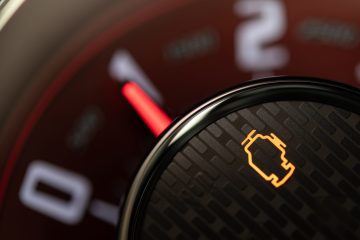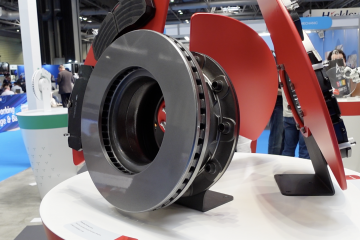The European Automobile Manufacturer’s Association (ACEA) has published its light-duty oil sequences for 2021.
The ACEA sequences identify relevant performance standards for lubricants specifically tailored to the European market. Lubricants marketers have been blending to ACEA sequences produced in 2016.
According to the European organisation, these latest sequences have been published in order to address engine developments that are being driven by a combination of regulatory and performance needs, complimented by necessary test maintenance requirements.
In recent years, a trend has developed for carmakers to build smaller-capacity engines, with turbochargers to increase output. These units are therefore more efficient, and feature a smaller sump. But with the turbo, engines also run at a hotter temperature, meaning the oil has less volume but need to work harder.
With the European Union CO2 emission targets for 2021, and stricter targets in place for 2025 and 2030, vehicle manufacturers are increasingly turning to these more efficient engines, alongside hybrid and electric powertrains. The decline of the new diesel market has only quickened the need for adoption of these new units.
Andrew Goddard, Chairman of UK independent trade body for lubricants, the Verification of Lubricant Specifications(VLS) commented: “The new ACEA 2021 sequences represent evolution, not revolution. The light-duty sequences for 2021 tackle some existing challenges in the marketplace such as the introduction of a new category A7/B7 and C6 addressing the impact of Low Speed Pre-Ignition.
“The introduction of new engine tests modernises the sequences to take account of the need for lower viscosity fluids in some engines such as the introduction of the Toyota engine test. They also withdraw legacy engines that are no longer representative of the overall market.”
New claims can already be made against the 2021 oil sequences, which will become mandatory for all new claims from 1 May 2022 onwards.
The lubricants industry still awaits the 2021 sequences for heavy-duty engines, which ACEA expects to publish no earlier than June 2021. New categories E8 and E11 are likely to be introduced, replacing E6 and E9. These upgrades will focus on enhanced oxidation performance and piston cleanliness with the inclusion of established ASTM engine tests developed for API CK-4. Two new categories for fuel efficiency, F8 and F11, are also expected.



